There is hardly a person who has not tried mayonnaise at least once in their life. Mayonnaise is the most common sauce among cold food. It is made from egg yolks, oil and spices, which can be vinegar, salt, mustard and lemon juice. Without the yolk, fat and lemon juice, mayonnaise would never be made right.
Mayonnaise contains 75 grams of calories and 14 grams of fat. The composition of mayonnaise, which we buy from the store, includes sunflower oil (at least 50%), sugar, egg powder, stabilizers (E1412, E412, E415), vinegar, lemon concentrate (about 1%), potassium sorbate E202 and others . This composition of mayonnaise allows it to last several months, when it's not open.
Mayonnaise should be kept in the refrigerator and when opened, it should be eaten within a few days. In order for mayonnaise to be stored well, it must be chosen correctly.
How to choose mayonnaise?
- As with any product you choose, look at the expiration date, you should do the same with mayonnaise. If the mayonnaise is good quality, it will not contain artificial additives, which I listed above, as well as artificial preservatives. If you look at the expiration date of the mayonnaise, this may also tell you if it has any unwanted ingredients. If the shelf life is long, it means that there are artificial additives or preservatives in the composition. If the composition is of natural products, mayonnaise will have a short shelf life;
- You need to buy mayonnaise, which is stored in a special refrigerator in the store, not on the shelves;
- Mayonnaise must be sealed, because when it is open, its ingredients spoil very quickly when they come into contact with the environment.
Storage of mayonnaise
The mayonnaise storage standards are regularly monitored for the good storage of mayonnaise and mayonnaise based sauces. According to state standards, mayonnaise should be stored in special warehouses. These warehouses should be well ventilated and there should be low humidity when storing mayonnaise. It should not be exposed to direct sunlight.
The temperature at which mayonnaise should be stored is from 30°F (0°C) to 60°F (18°C). The shelf life of mayonnaise is always different - it depends on the composition and amount of preservatives contained in mayonnaise. You need to buy mayonnaise, which can be stored no more than 2-3 months.
The most common store-bought mayonnaise has the following expiration dates:
- No more than 1 month at a temperature of 32° to 50°F (0 to 10°C);
- 14 days if the temperature varies from 50° to +57°F (10 to 14°C);
- 7 days at a temperature of 57° to 64°F (14 to 18°C).
However, you should know that the conditions we mentioned apply to mayonnaise in a completely sealed package. If you do not have a refrigerator, mayonnaise can be kept in a room with a temperature below 60°F (18°C) degrees. Open mayonnaise can only be stored in the refrigerator. Mayonnaise will stay fresh if the temperature of your refrigerator is between 30°F (0°C) and 40°F (7°C).
If you decide to make homemade mayonnaise yourself and wonder how it can be stored, we will now let you know.
It is clear that there are no artificial additives in homemade mayonnaise. This means that the shelf life of homemade mayonnaise depends on the shelf life of the products from which it is made.
Homemade mayonnaise should be stored in the refrigerator at a temperature to 40°F (7°C), but for no more than 3-4 days. If the container in which you store mayonnaise is open, then the shelf life will be reduced from 1.5 to 2 days, because when the ingredients of mayonnaise interact with air, they begin to oxidize.
If stored at room temperature, mayonnaise can last only a few hours. If you want to extend the shelf life of homemade mayonnaise, you can add a little mustard. But this will extend the shelf life of homemade mayonnaise by no more than a day or two.
If you decide to store mayonnaise in your freezer - then I have news for you - neither homemade mayonnaise nor store-bought mayonnaise can be stored in the freezer. Under the influence of low temperatures, mayonnaise loses its taste and its structure changes - it breaks down into its ingredients.
Tricks for storing mayonnaise
- Mayonnaise packaging is very important for its shelf life. If you make homemade mayonnaise, you should keep it in a glass container. When you buy mayonnaise from the store in a plastic package, when you open it, transfer it into a glass container. Another important factor is that the containers in which you store mayonnaise must be perfectly clean and have a tight-fitting lid;
- If you store open mayonnaise in a cold storage space, it should not have access to products, which have a strong odor, because it absorbs it. It also cannot be placed next to raw meat and eggs, because these products contain potentially dangerous microorganisms and can speed up the process of spoilage;
- If the room where the mayonnaise is stored has a temperature higher than 60°F (18°C) and you do not have the opportunity to put it in the refrigerator, you can use foil. It should be moistened with cold water and the mayonnaise should be packed in such a way that there is no open space. When the foil has heated, it must be cooled again. Thanks to this method, mayonnaise can be stored for several days;
- To preserve homemade mayonnaise for longer, do not use eggs, add citric acid or vinegar to the mixture instead. Garlic and horseradish can also increase the shelf life of mayonnaise. They have the same effect as mustard.
If you know how to properly store mayonnaise, you will protect yourself and your family, because expired mayonnaise is very dangerous and can seriously damage your health.
If you notice that the mayonnaise is yellow on top, it exfoliates and has an unusual odor, discard it immediately.
Have a look at how you can make garlic mayonnaise.
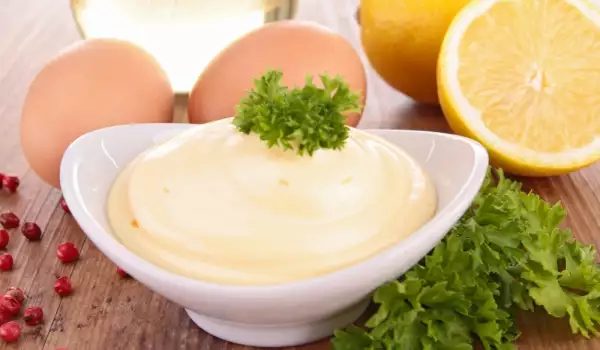






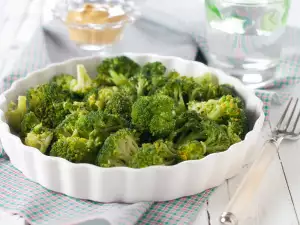

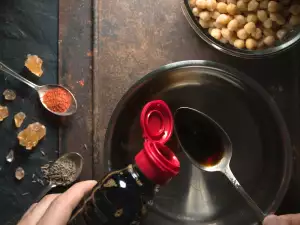



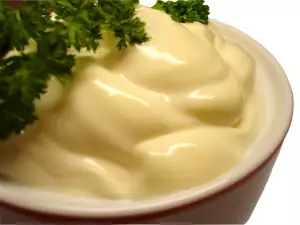
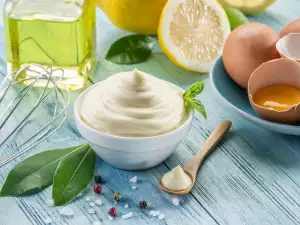
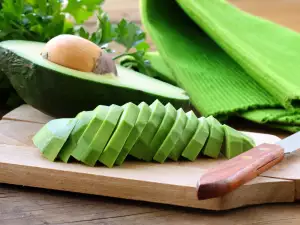



Comments